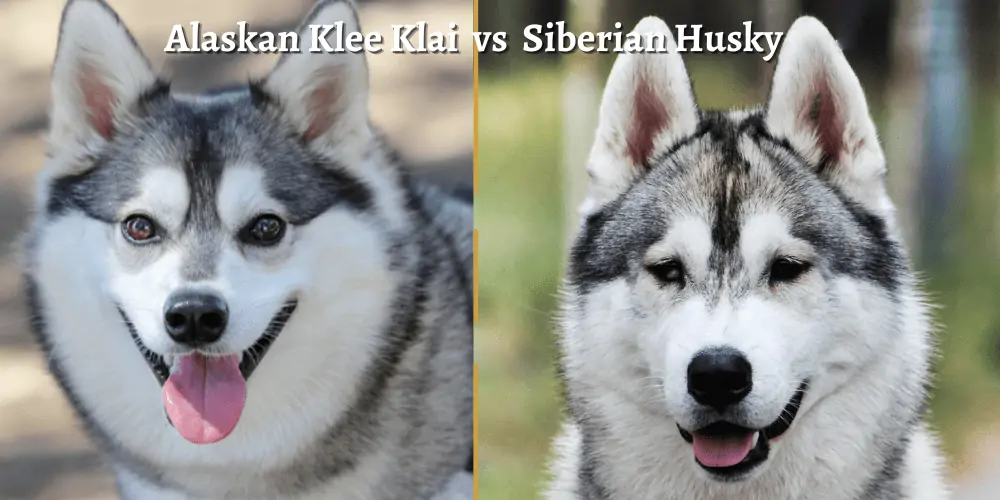The Siberian Husky is a widely known dog from Russia and has existed for some time. But another breed is gaining some traction hailing from the north, and its name is the Alaskan Klee Kai.
Among the most recent inclusions in the American Kennel Club’s list of standardized breeds, the Alaskan Klee Kai (or AKK) hit official recognition in 2020.
Though AKKs are of Siberian Husky descent, there are several noteworthy differences between the two breeds despite their similarities in appearance.
Alaskan Klee Kai History
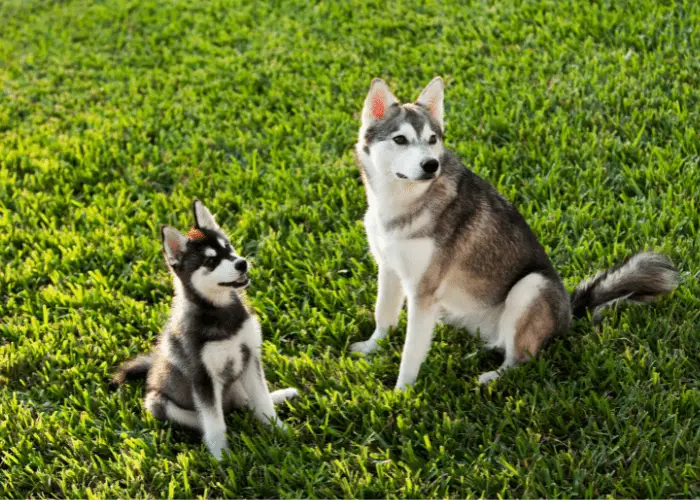
In the world of dog breeds, the Alaskan Klee Kai is among relatively new breeds of dogs to hit the scene. This particular breed was developed in the early 1970s by a woman named Linda Spurlin, along with her family.
The Klee Kai is a culmination of American Eskimo Dogs, many of whom were also descendants of the Siberian Husky. However, this selective breeding aimed to create a pup with a similar look to the Husky lines but aimed toward a more reliable temperament, compact size, and fewer health issues.
This breed has three different sizes: Toy, Miniature, and Standard. They are adaptable to various lifestyles, be it apartment life, a house with a small yard, or grand estates.
For years the AKK was classified as a rare dog breed and made several lists compiled by entities such as the American Rare Breed Association.
The low numbers launched the Alaskan Klee Kai National Rescue Inc, created to help advance this breed out from the waters of extinction.
Through these efforts and since becoming a recognized breed by the United Kennel Club in the 1990s, their numbers and popularity have grown exponentially worldwide.
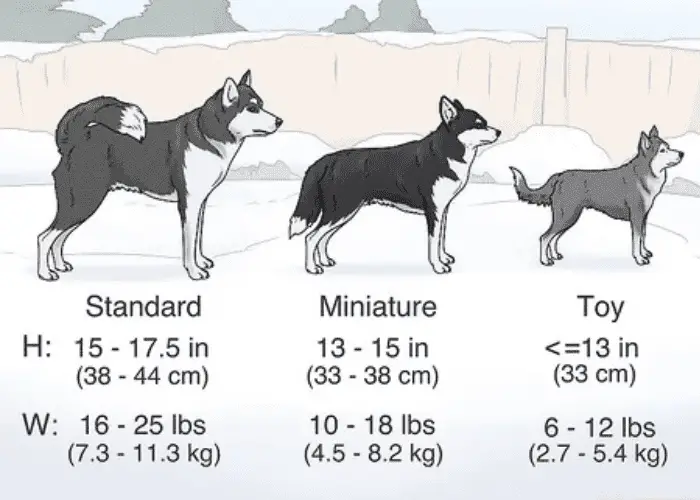
Alaskan Klee Kai Size
Toy Size– Up to 12 pounds and standing about 13” tall.
Miniature Size– Up to 18 pounds and stands around 15” tall.
Standard Sizes– Up to 25 pounds and measures up to 17” at the shoulder.
The Alaskan Klee Kai doesn’t look that different from a Siberian Husky. Even its thick coat resembles that of the Husky, making it able to withstand extreme weather and require daily brushing.
It has a slightly different pattern about the facial mask and a more “raccoon” look to the muzzle.
This is a healthy breed, suffering from fewer hereditary issues than other breeds. However, this doesn’t remove the AKK from all health concerns, just fewer than others. ( credits )
Alaskan Klee Kai Temperament
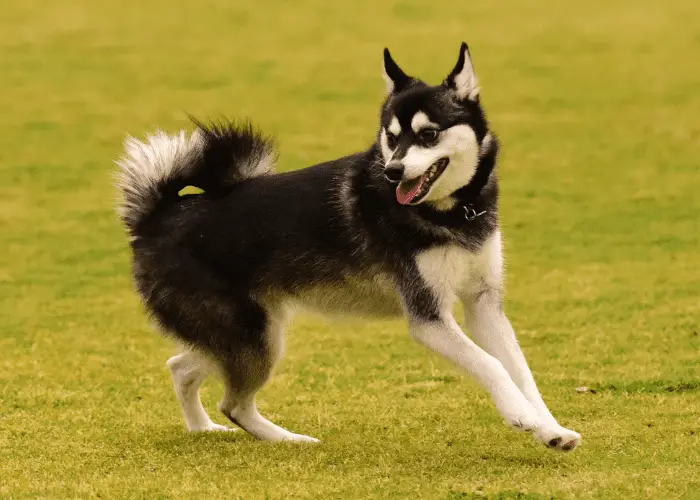
The Alaskan Klee Kai Club of America describes the breed as an intelligent dog, vigilant and loyal. This breed wasn’t developed for sport or work but is widely considered a companion dog or is also referred to as a designer dog.
These dogs generally get along great with other dogs and are also good with children- overall, they make for a great pet. But when it comes to strangers, they often become aloof or untrusting. It’s important to work this out through training starting early.
Regarding an Alaskan Klee Kai puppy, obedience training is important regardless of the breed’s size, whether standard or smaller forms.
Small dog syndrome will run its course when allowed to with the AKK and should be curbed as soon as possible (which is true with many smaller dogs).
Exercise Requirements of the Alaskan Klee Kai
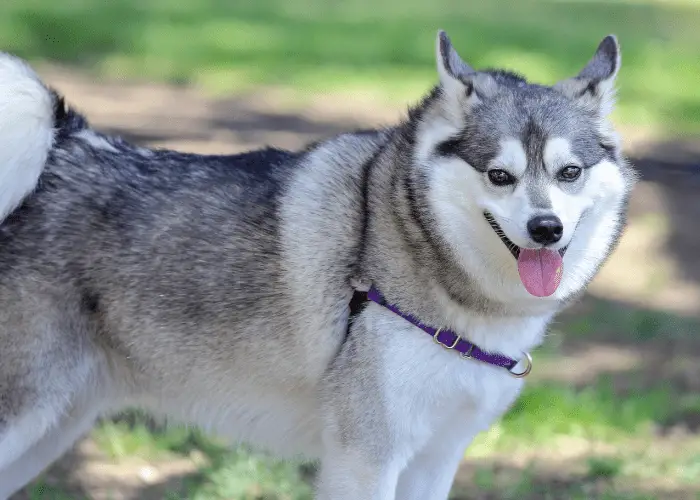
One of the results of the creation of this breed is the dialing back of energy levels when compared to their Husky roots. Again, it’s not a working breed but a companion, so it doesn’t require as much exercise to stay fit and happy.
Remember that not getting as much exercise as a Husky doesn’t qualify the AKK as a lazy dog. It does have a moderate deal of energy with exercise needs that must be met.
They’d be happy to accompany owners on a walk, jog, hike, or make new friends at the local dog park. Regular exercise will keep this breed healthy and happy.
Alaskan Klee Kai Price:
Alaskan Klee Kai usually costs between $1800 and $3000 from reputable breeders in the United States.
About the Siberian Husky
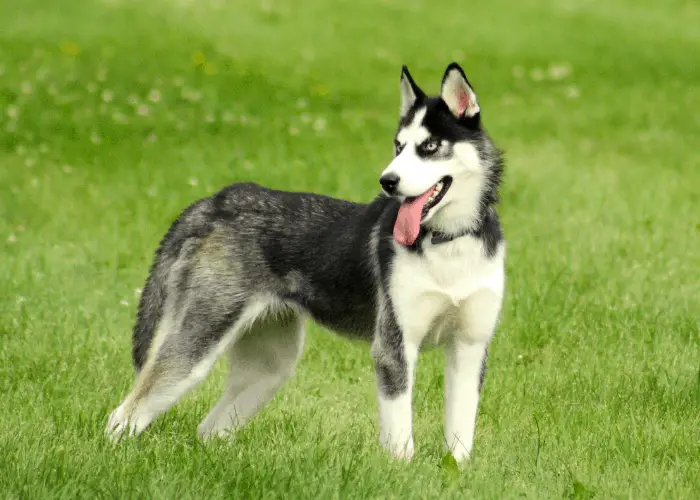
The Siberian Husky has had a long time to develop into the breed that is ranked amongst the most popular breeds out there today. They were originally bred to be working and hunting dogs, that were also utilized to pull dogsleds across the frigid Siberian snowscape.
However, since the breed hit the mainstream as a pet, reputable breeders carefully kept the bloodlines and inherent high standards of the breed as pure as possible.
This caused the breed to become more rounded, unlike the Alaskan Husky, which continued to be bred for sled pulling and other jobs.
Today, Siberian Huskies are more prone to family life and enjoy dog sports rather than slaving to the grind.
Siberian Size And Weight
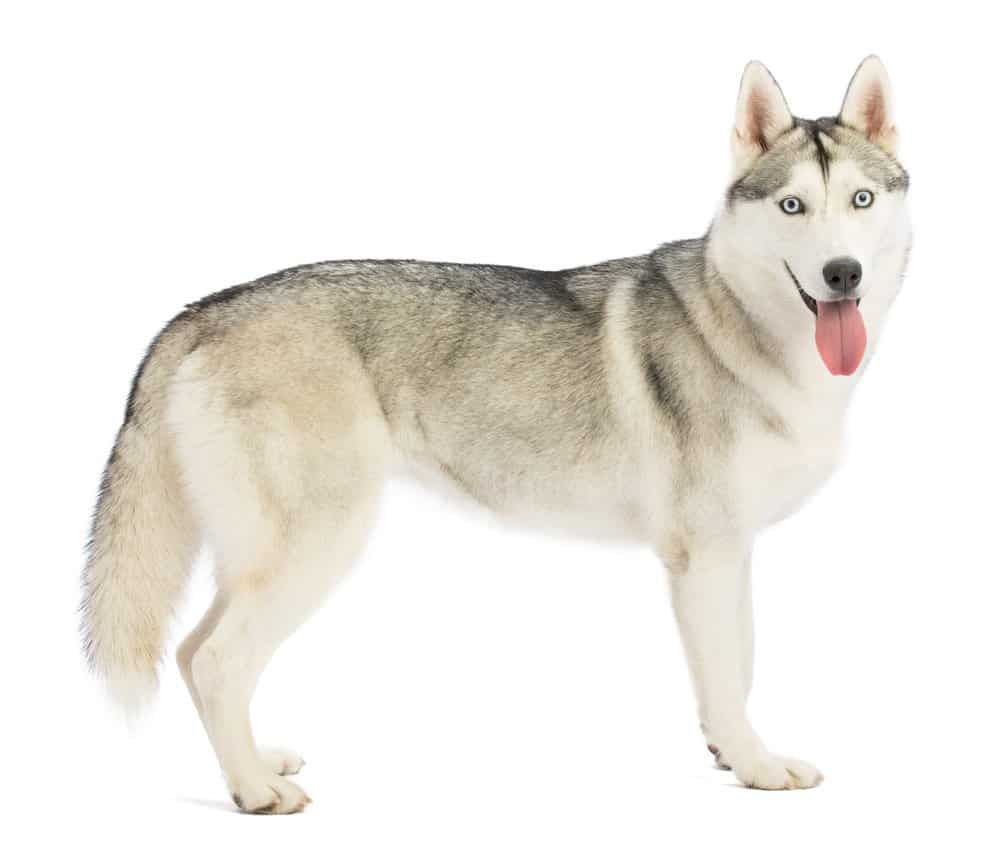
The Siberian Husky breed has only one standard size. They average out at 24” at the shoulder and can weigh up to 60 pounds. Their life expectancy is about 14 years, and they are considered relatively healthy dogs.
Their thick double coat, tenacity, and power served this breed well in the 1800s and early 1900s, making them perfect sled dogs. Being smaller and more agile than their larger cousins, the Alaskan Malamute soon dominated the sled dog scene and excelled in sled dog racing.
Their coats come in various colors and color combinations that require regular brushing, and they can wind up with light blue, green, or brown eyes. Some can even have a combination of eye colors- one eye blue and the other green or brown.
Siberian Husky Temperament
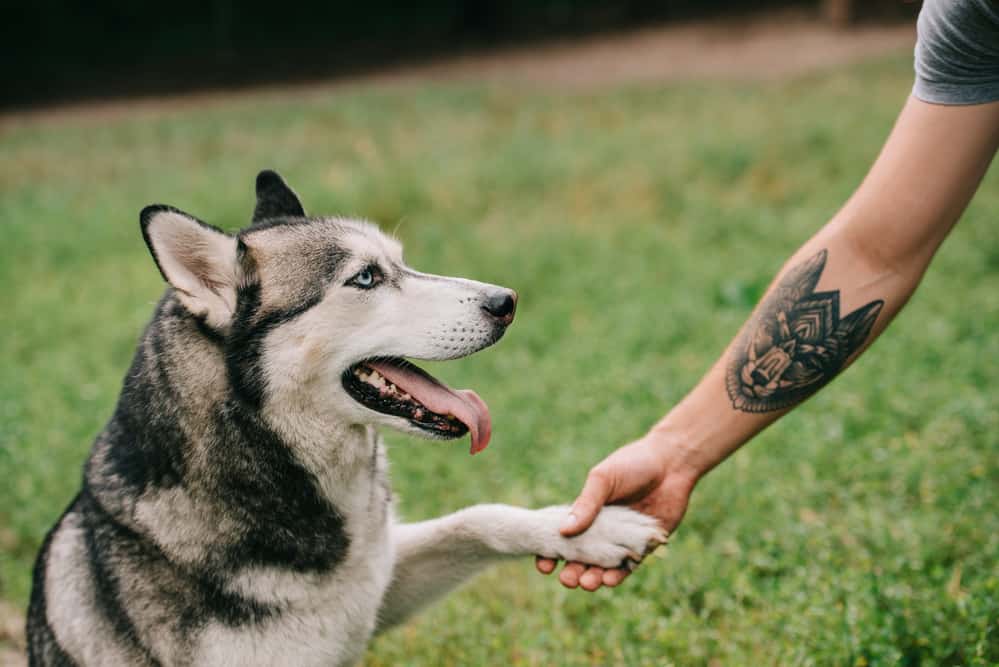
According to the American Kennel Club, the Siberian Husky is deemed loyal, outgoing, and mischievous. They are packed animals to a certain degree and are often good with other dogs.
Pack dogs often don’t like being left alone over long periods and may become anxious; such is true with the Husky. Separation anxiety can come quickly with this breed.
However, small animals should be on the lookout, as Huskies often opt to chase them due to an intact prey drive.
They’re good-natured with small children and are extremely affectionate with all family members. Training from a young age would be best with this breed to help make sure it’s well-behaved and a bit more careful around the house.
Exercise Requirements of the Siberian Husky
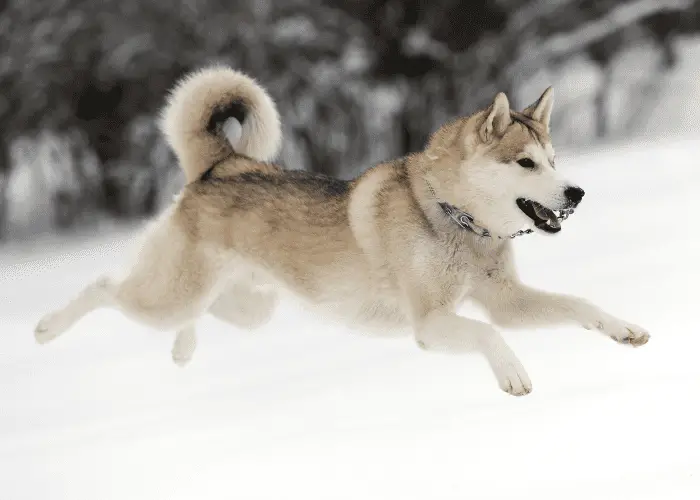
This very high-energy breed requires a couple of hours of exercise per day. With enough of this high energy level expelled, the Husky will be less prone to get itself into trouble around the house.
A smart dog tends to get into mischief when not given the right amount of exercise. Taking long walks, jogs, or some intense playtime that involves a lot of running (fetch, for example) would serve this breed well.
Key Differences between the Alaskan Klee Kai and Siberian Husky
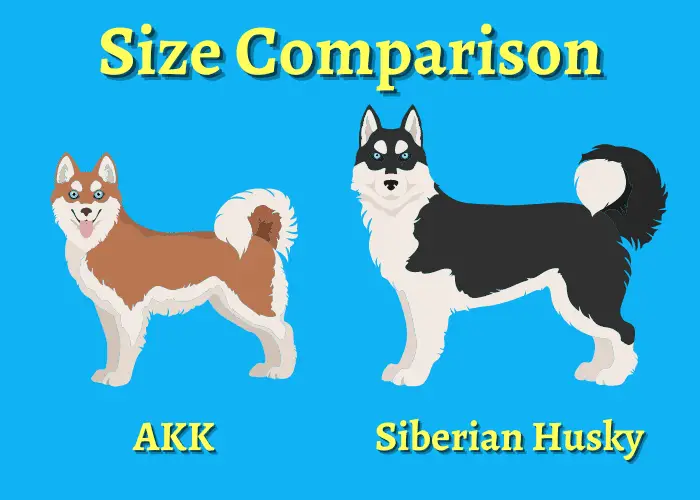
Siberian Huskies are larger than Klee Kai Dogs
Comparing the standard-sized AKK against the standard-sized Siberian Husky, they are both loosely considered medium-sized dogs. That notwithstanding, they are both on opposite sides of the spectrum.
The maximum average weight for a male Alaskan Klee Kai is 20 pounds, and the max average for a male Siberian Husky is 60 pounds.
These numbers are the minimum and the maximum weights for what are considered to be medium-sized breeds. So, when standing next to each other, the AKK is the “little dog” between the two.
Coat Color and Color Combination Variety
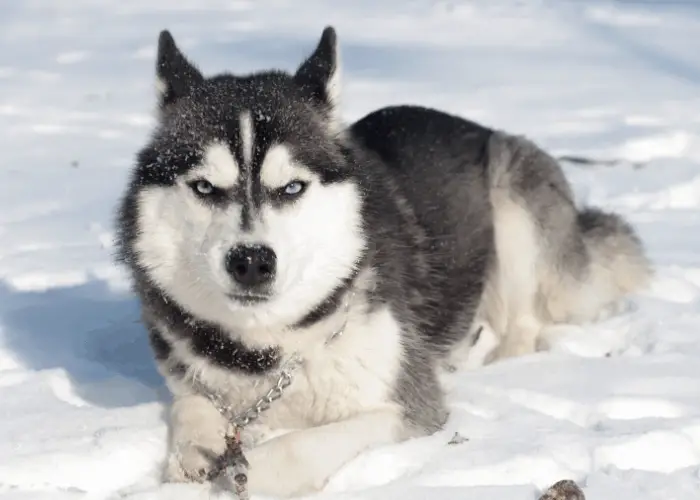
Huskies can come in 9 standardized different colors or color combinations, whereas the AKK only has 3 standard color combinations. Because of this, the AKK can look like a Husky in any of its main color combinations, but Huskies can have coats that differ from that of the AKK.
They Don’t Share the same Temperament.
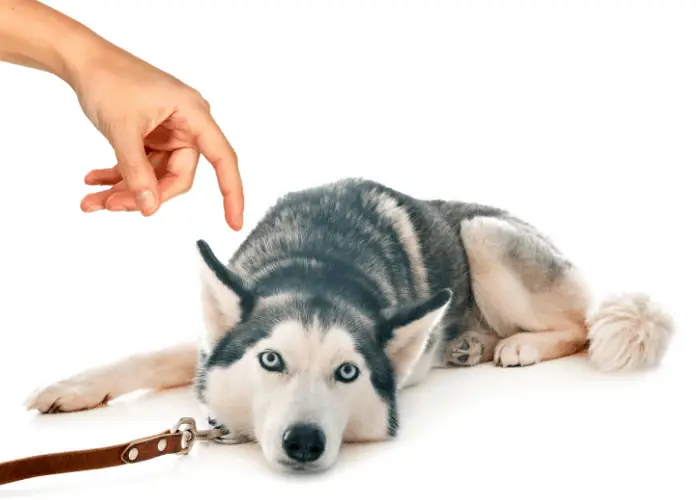
Huskies are generally more friendly and outgoing to just about everyone, enough so that they make lousy guard dogs because they’d rather make friends with new people rather than chase them away.
The Alaskan Klee Kai is far more aloof with strangers and tends to make them good watchdogs.
Different Energy Levels mean Different Behavior
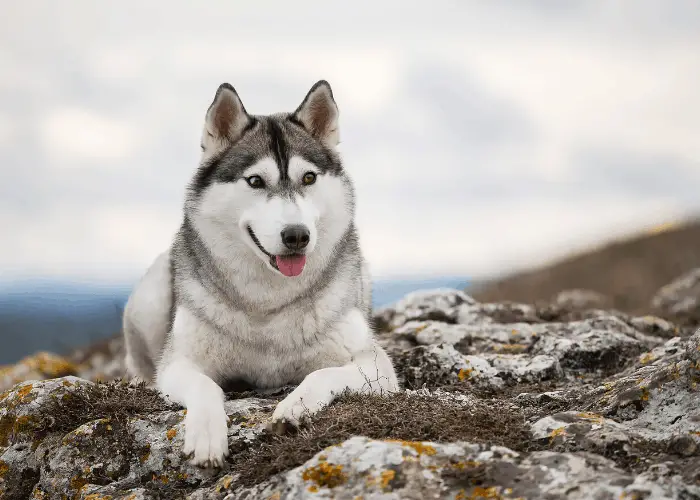
Huskies are famous for being escape artists in a penned-in yards when left to their devices. They’ll tirelessly do all to figure out how to escape and chase after the greener grass on the other side of the fence.
On the other hand, the Alaskan Klee Kai will be much quicker to give up and won’t dedicate nearly as much energy to attempting to escape.
Similarities Between the Breeds
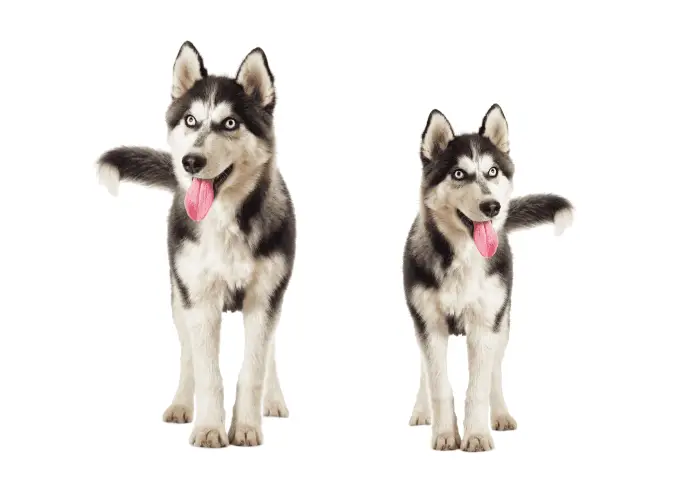
They have a similar look – It doesn’t stretch the imagination for an adult AKK to be mistaken by a casual onlooker for a young Husky (and Mini Huskies). Their physical features and coat colors can make it very easy to get the two mixed up.
Health Problems- Unfortunately, problems count toward similarities, as they can suffer from many of the same ailments.
Juvenile cataracts, liver disease, factor VII deficiency, pyometra, patellar luxation, cryptorchidism, cardiac issues, and thyroid diseases can occur in either breed. However, some are more common than others between the two breeds.
Aside from their looks and health concerns, there aren’t any notable similarities between the breeds, as their temperaments, exercise requirements, and overall approaches to life are different. They are not similar breeds at all.
Final Thoughts
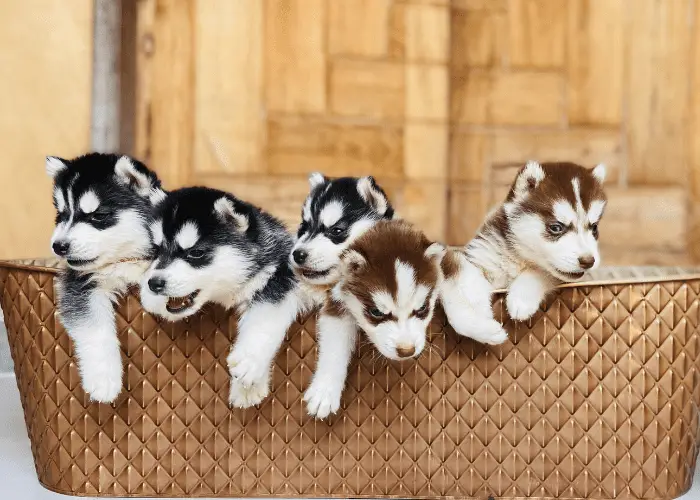
Despite their similarities, these two different breeds were established with different purposes. Alaskan Klee Kai is often confused with Mini Huskies due to the similarities in appearance and being a smaller breed.
However, the temperament of the Mini is extremely similar to the standard-sized Husky. Both of which differs from that of the AKK.
The point is, if you’re looking for a smaller-sized Husky that isn’t as high-strung as the original article, it’s a good idea to make sure that you get your AKK from a reputable breeder, as they’re less energetic dogs.
If you want a smaller Husky that retains the same temperamental qualities of the Siberian Husky, get a Mini from a reputable breeder rather than the dialed-back Alaskan Klee Kai breed.
RELATED QUESTIONS:
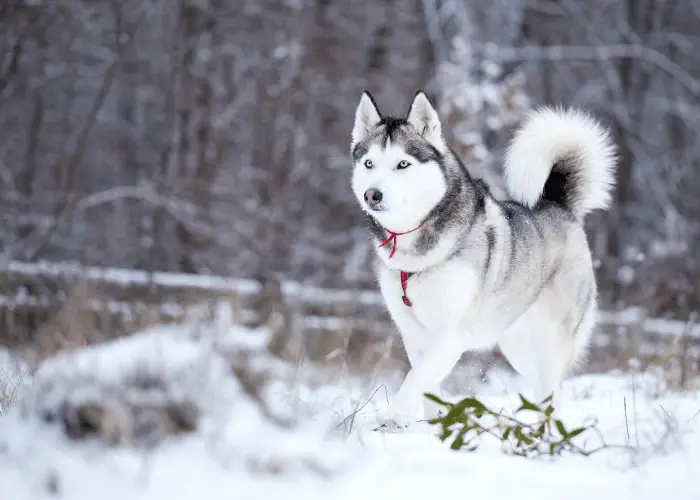
Alaskan Husky
Alaskan Huskies are a different breed than the Siberian due to them being mixed with other breeds to create a more refined working-class dog in the United States around the 1910s.
Because they are seen as a mixed breed without a strong set of breed standards, they are not recognized as their breed by most kennel clubs.
Miniature Husky
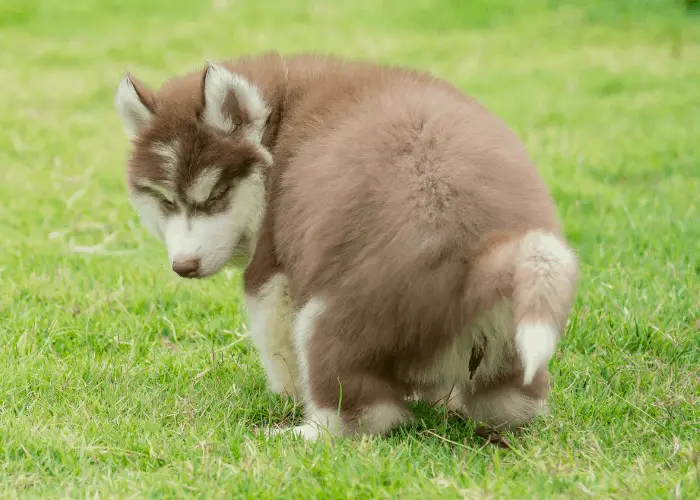
Literally speaking, a Miniature Husky is a Siberian Husky. The difference is that standard-sized Huskies that leaned toward the small side were bred with others of the same size consistently until it became incorporated as a repeatable piece of the Mini Husky genetic makeup.
Therefore, there is no set-apart breed for Mini Huskies, as they’re small Siberian Huskies.

